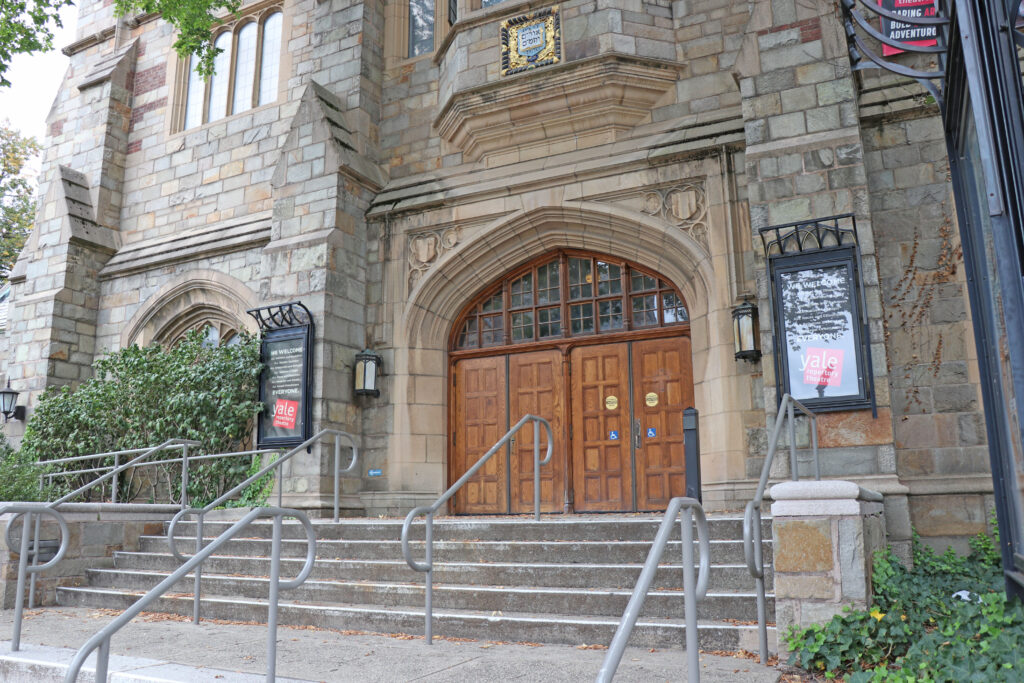In 1975, the United States Congress officially designated the **Weminuche Wilderness**, a vast expanse of nearly **500,000 acres** in Southwest Colorado, as a federally protected wilderness area. This achievement marked a significant victory for conservationists, as it preserved crucial natural ecosystems for future generations. Fast forward fifty years, the Weminuche remains Colorado’s largest wilderness area, a testament to the enduring efforts of those who fought for its protection.
As the anniversary approaches, conservationists reflect on the success of their original mission. MK Thompson, an employee with the **San Juan Mountains Association**, recalls her experiences on the **Pine River Trail** during a recent volunteer trip. “You easily could have just built a road from there up to the Rio Grande reservoir,” she noted. “But because it’s wilderness, you can walk on your feet, bring llamas, and take a horse—and that’s fantastic.”
Despite its protected status, the Weminuche faces new challenges today. The threats of climate change, an increasing number of visitors, and federal budget cuts have replaced the mining and logging operations that once loomed over the area. The spirit of community engagement and stewardship that led to the Weminuche’s creation continues to be a focal point as local organizations work to address these pressures.
Historical Context and Community Engagement
The journey to establish the Weminuche Wilderness began in **1969**, shortly after the passage of the **Wilderness Act** in **1964**. The campaign for its designation involved extensive community involvement, with numerous hearings and debates reflecting the diverse opinions of local residents. Editorials emphasized the importance of civic engagement, stating that the future of the Weminuche was “quite literally in the hands of local citizens.”
The debate often became contentious. Supporters of the wilderness designation faced opposition from individuals like **Glenn Wilson**, who argued against establishing the area on the grounds of resource extraction and economic development. His claims were met with rebuttals from advocates who stressed the intrinsic value of nature, igniting a passionate discourse about land use and conservation.
In **April 1974**, a bill to create the Weminuche Wilderness passed the **U.S. House** but stalled in the Senate. Less than a year later, after intense advocacy, the bill was passed, solidifying the wilderness area as a protected space.
Current Challenges and Future Directions
Today, the greatest threat to the Weminuche is not development but rather the overwhelming number of visitors. **Lois Bartig-Small**, a former Forest Service ranger, points out that certain sections of the wilderness are being “loved to death.” Notably, **Chicago Basin** has become a focal point for this issue, attracting approximately **5,000 visitors** each summer. Bartig-Small emphasizes the need to educate visitors about the area’s fragility, as littering and feeding wildlife disrupt natural behaviors.
**Stephanie Weber**, executive director of the San Juan Mountains Association, echoes these concerns. She has witnessed a surge in outdoor recreation since the **COVID-19 pandemic**, which has strained the environment and compromised the solitude that wilderness designations aim to provide. “Chicago Basin is not where you go for solitude,” Weber stated, highlighting the disconnect between visitor expectations and the reality of overcrowded areas.
Staffing shortages within the agencies responsible for managing the Weminuche further complicate the situation. Budget cuts have resulted in significant reductions of field staff, with the **Columbine Ranger District** seeing its full-time personnel drop from **24 to just seven or eight** in a single year. This decline has increased reliance on volunteer efforts for trail maintenance and stewardship.
Local organizations continue to step up to fill the gaps left by reduced federal support. **Andrew Carroll**, president of **Backcountry Horsemen**, emphasizes the importance of volunteer stewardship. “The Forest Service is relying more on volunteers to keep trails clean and in working order,” he stated, reflecting a growing trend of community involvement in conservation efforts.
As the Weminuche Wilderness celebrates its 50th anniversary, the future remains uncertain. The ongoing dialogue around conservation, community engagement, and resource management will play a pivotal role in determining how this cherished landscape is preserved for generations to come. Thompson believes that local efforts can lead to meaningful change, stating, “I have hope for our little corner of the world, and that’s really all I can do.”






